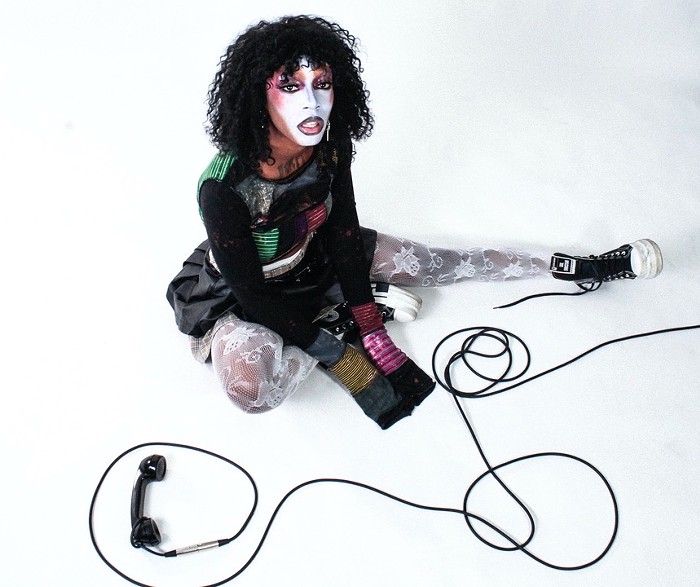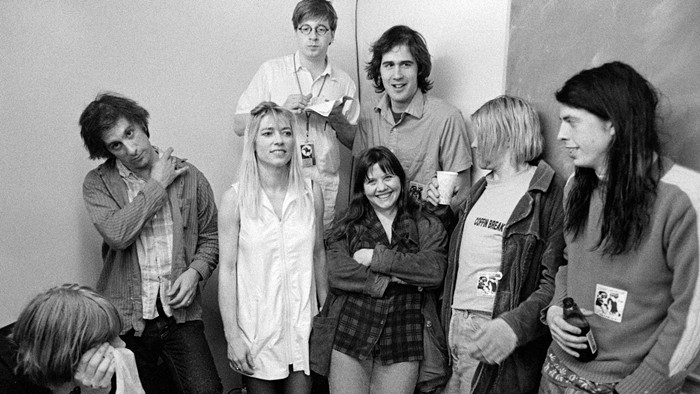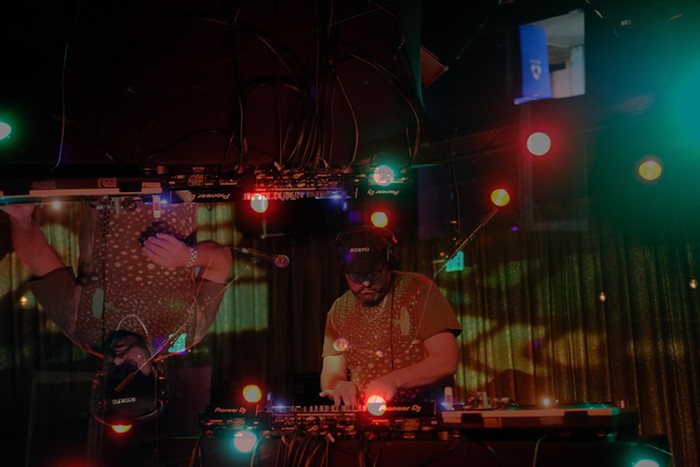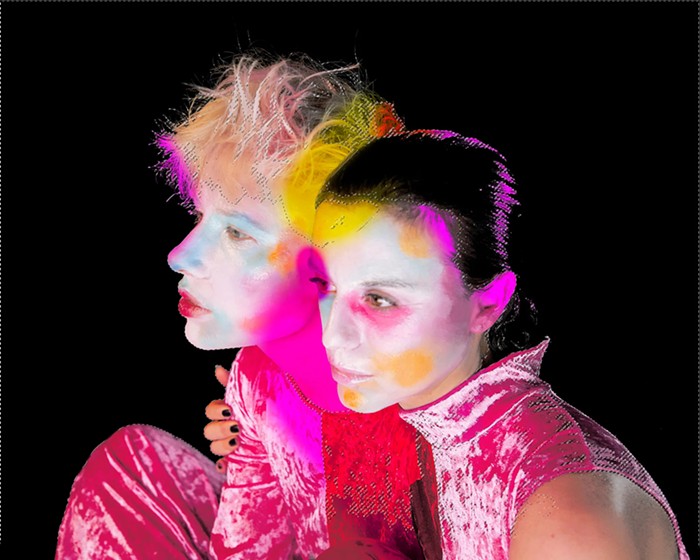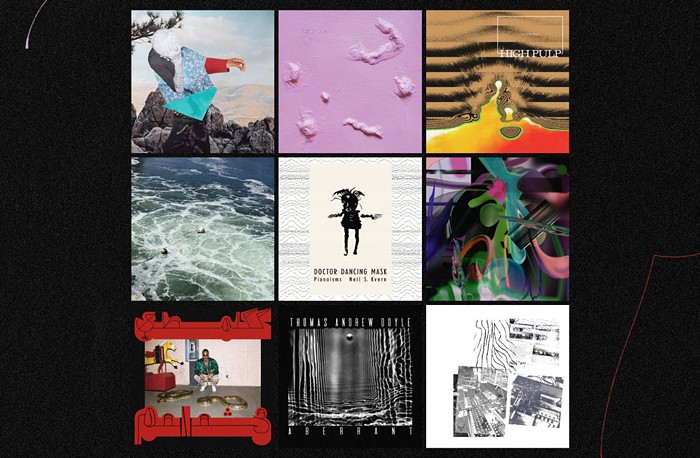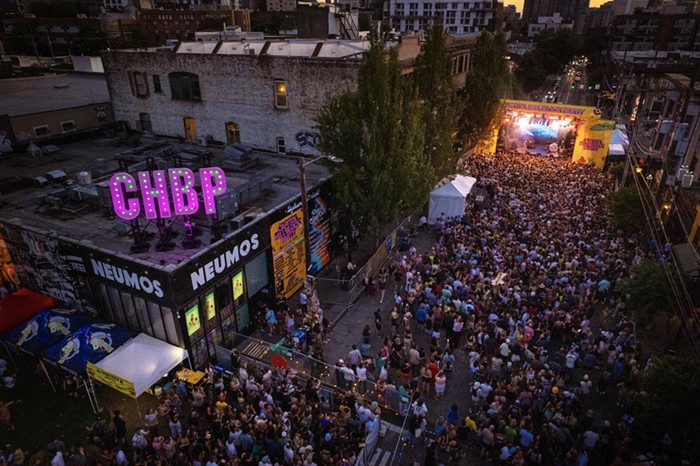On the evening of Saturday, April 26, I entered the Pacific Science Center's Laser Dome with three other writers who had participated in a panel discussion at EMP's Pop Conference. We found seats, gossiped a little, and waited for Sub Pop's preview of Shabazz Palaces' second album, Lese Majesty, which would be released in late July. Then it happened: The place went as dark as the night outside and laser lights transformed the dome above our heads into a universe in tune with the new beats and raps. But more impressive than the movement of the lights and the fantastic shapes they formed and reformed was the fullness of the music flowing from what certainly felt like the best speakers in the region. In fact, after the album's first track, "Dawn in Luxor," it was clear to me and everyone else that the dazzle of the lasers was superfluous. The music and the darkness were more than enough. By the second track, "Forerunner Foray," I understood that we were listening to the best hiphop album of 2014. The event ended with "Sonic MythMap for the Trip Back," a work whose echoes and chants have the kind of sad beauty one imagines can be located at the point where black holes dissociate stars and other astronomical bodies into scintillating streams of matter.
I was outside. The air was almost cold. A small crowd gathered near the steps of On the Boards to smoke cigarettes and talk about the first half of Now I'm Fine, Ahamefule J. Oluo's ambitious experiment with big band jazz and stand-up comedy. By the sound of things, people were very pleased with what they had so far seen and heard. I was waiting for my friend to bring me a glass of wine from the long line in the lobby. We had only a few minutes before the second half of the show began. Then I heard: "Hello, Charles." I turned and saw a face that did not make any sense to me. Who was this young man with the mature eyes, a large black hat, and hands stuffed in a heavy black coat? I found the answer on the covers of magazines, the pages of popular websites, and a variety of TV shows. It was Macklemore. I hadn't seen him in person since early November 2009, when we were on the roof of Kawabe Memorial House. He was preparing to shoot a video for the track "The Town," directed by the 2009 Stranger Genius for film, Zia Mohajerjasbi. As Zia set up the camera and tracks, Mack and I talked about life. Five years later, we continued the conversation outside of the theater, until it was time to go back inside.
One of my favorite rappers in town is now the head chef at the wonderful Kingfish Cafe. I learned about this from the rapper himself, Silas Blak. We ran into each other on a bus, Route 48, heading north. I was going to my office, he to the restaurant. He'd been working there for the past four months; he was very happy with the job, and he loved the place and the people he worked with. I have admired Silas Blak since I first heard him in 1997. Not only does he have serious skills on the mic, but, as one half of Silent Lambs Project, he played a key role in the formation of Seattle's post–Sir Mix-A-Lot sound and mood. He also is in the soul/rap unit Black Stax. "I have added three new items to Kingfish Cafe's menu," Blak said to me as the bus rumbled and swayed. "There is the oxtail soup with a red sauce. There's smothered pork chops. And, finally, there's fried mac and cheese with habanero sauce—that one is served at happy hour." We then talked a little about the recent death of Big Bank Hank, one of the three rappers who introduced hiphop to the world in 1979 with "Rapper's Delight." "Never liked him," said Blak. "Stole his shit from Cas [Casanova Fly]. And the raps are as corny today as they were back then." Death offers no relief or love for wack rappers. My stop arrived and I said my good-byes to one of my favorite rappers in the 206. ![]()


